Information On Caring For Pothos Plants
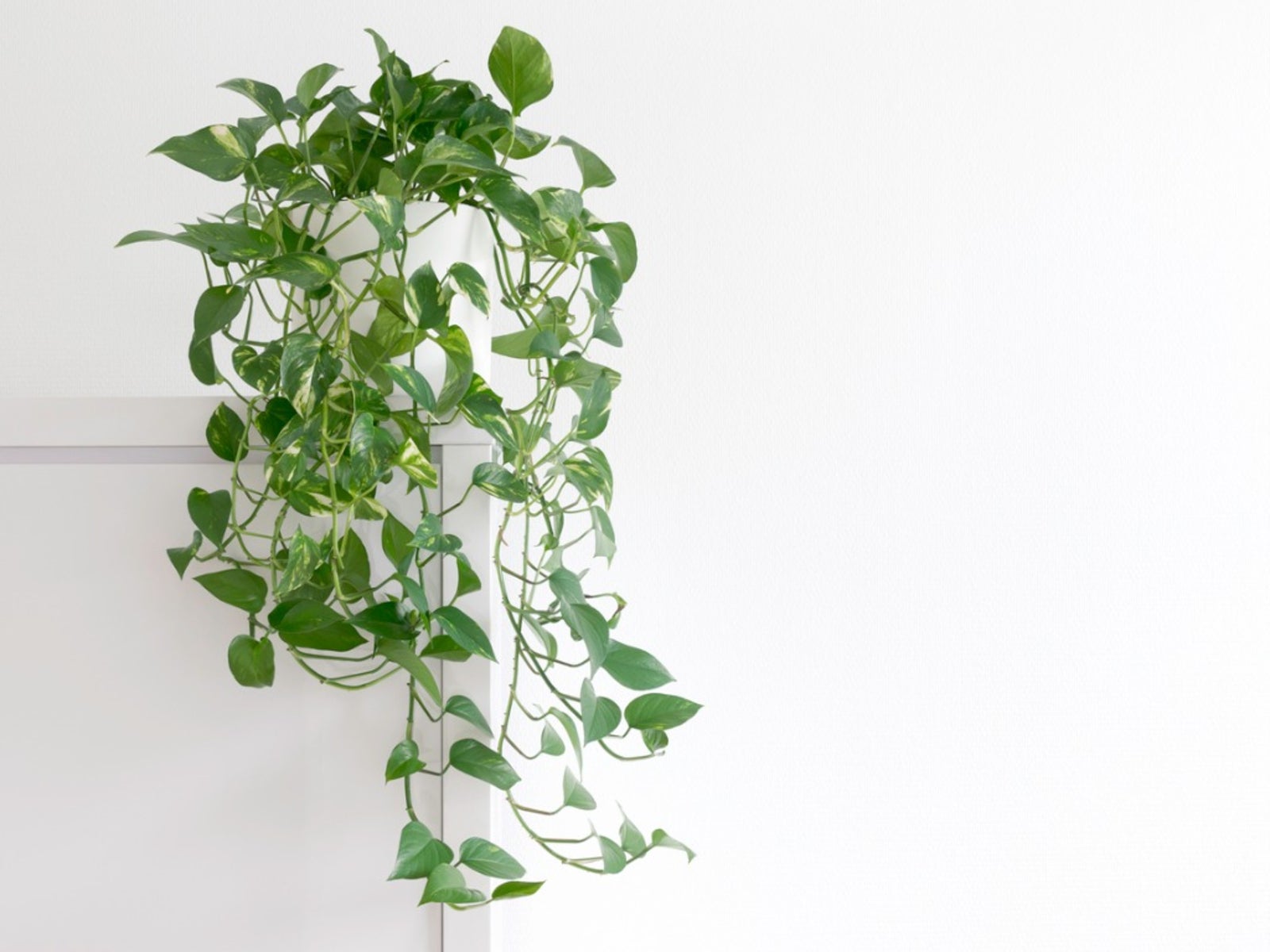

Teo Spengler
The pothos plant is considered by many to be a great way to get started caring for houseplants. Since pothos care is easy and undemanding, this lovely plant is an easy way to add some green to your home.
Quick Facts about Pothos
- Botanical name: Epipremnum aureum
- Height: up to 70 feet (21 m) outdoors, shorter as houseplant
- Spread: up to 6 feet (1.8 m) outdoors, less spread as houseplant
- Sun exposure: shade to bright indirect light
- Soil requirements: ordinary but well-draining
- Hardiness zones: 10-12
- When to plant: spring or fall
Caring for Pothos Plants
If you're wondering how to care for pothos, you're in luck: Pothos is an easy care houseplant. Native to the French Polynesia as a tropical vine, it also grows in tropical and subtropical forests around the world.
Outdoors in USDA zones 10-12, pothos makes an excellent ground cover. But indoors, it is one of the most popular houseplants in the United States, thanks in part to the fact that caring for a pothos plant is a piece of cake.
Basic pothos care is very easy. These plants enjoy a wide range of environments. They do well in bright, indirect light as well as low light, and can be grown in dry soil or in vases of water. They will thrive in nutrient rich soil, but do almost as well in nutrient poor soil.

Browse the best selling houseplants currently in stock in the Gardening Know How Shop.
Pothos Watering
More than a few plant owners confuse low care with no care, so take note that pothos has a few absolute rules. For one, it requires water and grows best during spring and summer when the soil is kept consistently moist. Take the drainage requirement to heart though, since a pothos sitting in soggy soil is not a happy plant.
Pothos Light Requirements
Pothos plants make a great addition to your bathroom or office because they can tolerate low light. While pothos likes a wide variety of light conditions, they do not do well in direct sunlight.
That brings us to the second absolute for pothos: no direct sun. When the lovely heart-shaped leaves get direct sunlight, especially in the afternoon, they brown and die. Otherwise, pothos is flexible about sunlight requirements. A responsible pothos owner can put the plant in total shade location and it will continue to thrive for some time. Ideally, light shade or dappled sun are the best options.
Gardening tips, videos, info and more delivered right to your inbox!
Sign up for the Gardening Know How newsletter today and receive a free copy of our e-book "How to Grow Delicious Tomatoes".
If your pothos is highly variegated — particularly variegated with white — they may either not grow as well in low light or may lose their variegation if the light is too low. Only the green parts of the leaves can make energy for the plant, so it must be able to get enough light for energy or its growth will slow or the leaves will compensate for the lack of light by becoming more green.
Pothos Soil Requirements
Some plants are picky about soil, but pothos is not one of them. Pothos plants grow perfectly well in ordinary soil as long as it drains well. That means that loamy or sandy soil will work, while clay will not. If the soil is constantly saturated, pothos will die.
Pothos can be grown in water or in dry soil, which makes it a very popular houseplant. Cuttings can be taken from a mother plant, rooted in water, and kept kept growing in water indefinitely. This is convenient for placing a pothos plant in hard to reach areas in a jug of water where it can remain untouched as long as water remains in the jug.
On the opposite end, pothos can also be started in soil and will tolerate moderate periods of dry soil with little effect to the plant. Oddly enough, cuttings started in one growing medium have a hard time switching to the other. So, a pothos plant started in soil has a hard time thriving if moved to water, and a pothos cutting started in water will not do very well in soil, especially if it has spent a long period of time growing in water.
Fertilizing Pothos
What about fertilizer as part of pothos care? Some experts suggest fertilizing a pothos every other month during the growing season, some every three months year round. This will help it grow more quickly. But pothos plants are naturally fast growers, and they will do perfectly well and live a long time without any fertilizer at all.
Problems, Pests & Diseases
Yet another great feature about these philodendron look-alikes? They are virtually pest free. You may find the occasional mealybug or a few scales, but this is the exception and not the rule. Overwatering or planting in clay soil will result in root rot, while direct afternoon sun will burn the lovely leaves.
Word of warning: Don’t eat a pothos plant. Don’t even nibble! All parts of this plant from leaves to roots are poisonous to humans, dogs, cats and livestock.
Repotting Pothos Plants
Most plants can outgrow their containers over time, so it is no surprise that you may need to repot as part of your care of pothos plants. Some experts recommend annual repotting, but our staff has a pothos plant that's lived in the same container for years with no complaints.
If you do decide that pothos repotting is required, you can opt to keep the same container and root prune instead. The plant gets more soil in either case.
How to Propagate Pothos
If you have a pothos, you'll have no trouble obtaining more plants. Pothos roots easily from cuttings in water, so you can make as many plants as you like just by snipping and rooting stem cuttings.
Check Out Our Complete Guide to Houseplants
Are Pothos Plants Toxic?
While pothos is an easy to care for houseplant, you do need to be aware that it is poisonous. Though rarely fatal, ingestion of the plant can cause irritation and vomiting due to the fact that it contains calcium oxalates. Even the sap from the plant may cause highly sensitive people to break out in a rash. Pothos is considered toxic to cats, dogs, and humans, so it should be kept out of reach of pets and children.
Though pothos poisoning will make you very sick, it is unlikely to lead to death. That being said, if you suspect pothos poisoning, you should seek medical or veterinary attention immediately.
Pothos Varieties
A number of interesting pothos varieties have been developed and are available in commerce. These include the extremely popular 'Golden Pothos', with its yellow variegated leaves. But that’s far from all.
You can find varieties with dark green leaves like ‘Jade’, and varieties with all yellow or yellow-green leaves - ‘Neon’ or ‘Lime’ respectively. 'Marble Queen' is particularly lovely since both foliage and stems are marbled with white.'
Don't delay! Find yourself a pothos cutting and start growing today!

Heather Rhoades founded Gardening Know How in 2007. She holds degrees from Cleveland State University and Northern Kentucky University. She is an avid gardener with a passion for community, and is a recipient of the Master Gardeners of Ohio Lifetime Achievement Award.
- Teo SpenglerWriter
-
 Terrifically Tubular Flowers For Hummingbirds: 9 Tube-Flowered Plants To Attract Hummers
Terrifically Tubular Flowers For Hummingbirds: 9 Tube-Flowered Plants To Attract HummersGrowing tubular flowers for hummingbirds helps you create the optimum feeding conditions for your winged friends. Here are nine tubed delights for hummers
By Tonya Barnett
-
 How To Grow Hydroponic Tomatoes For Fresh Indoor Harvests – No Soil Required
How To Grow Hydroponic Tomatoes For Fresh Indoor Harvests – No Soil RequiredLearning how to grow tomatoes in water is easy and allows you to harvest fresh-home-grown produce in every season without any mess.
By Ellen Wells
-
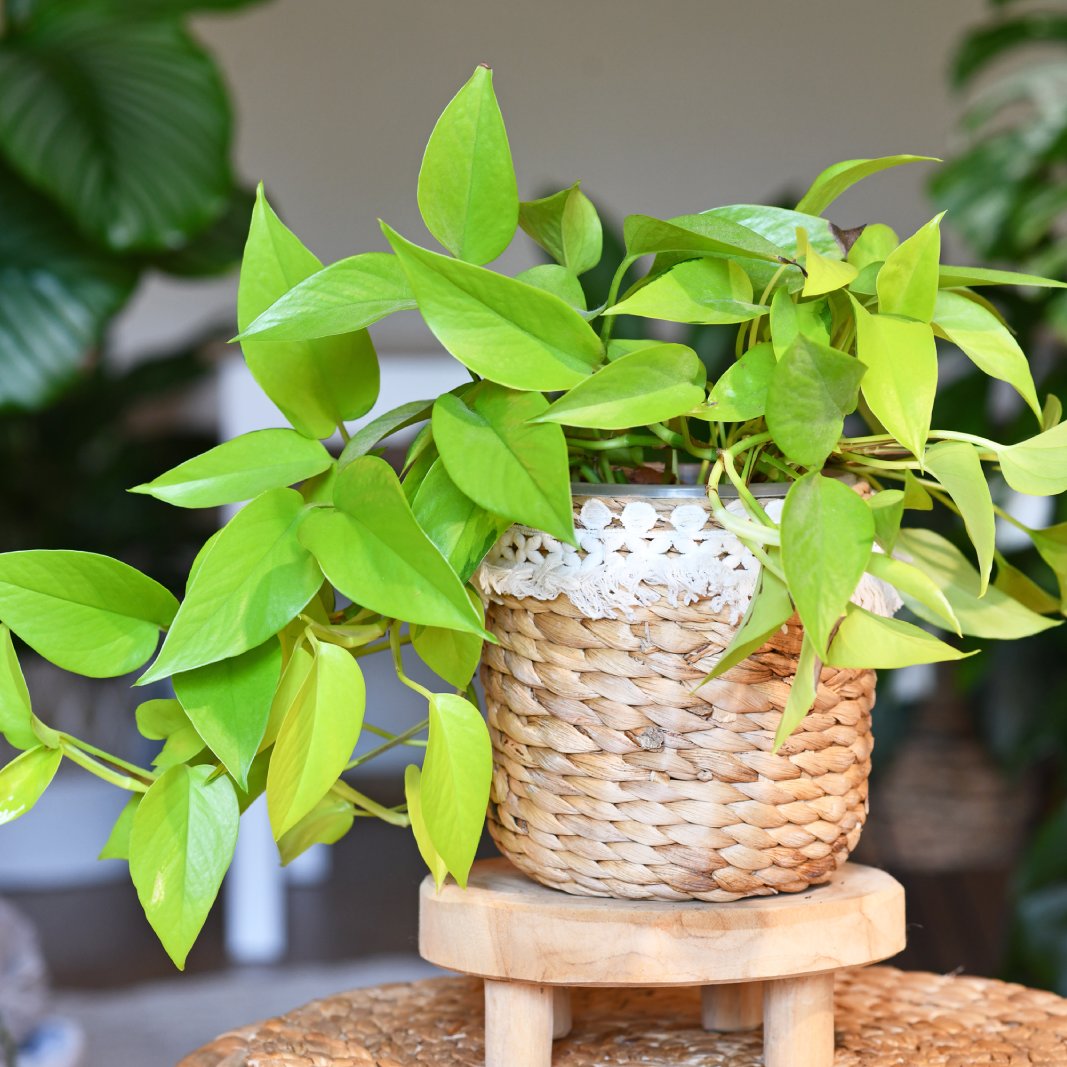 8 Pothos Varieties Every Plant Lover Should Add To Their Collection
8 Pothos Varieties Every Plant Lover Should Add To Their CollectionStep up your houseplant game with these eight pothos varieties hand-curated by us.
By Bonnie L. Grant
-
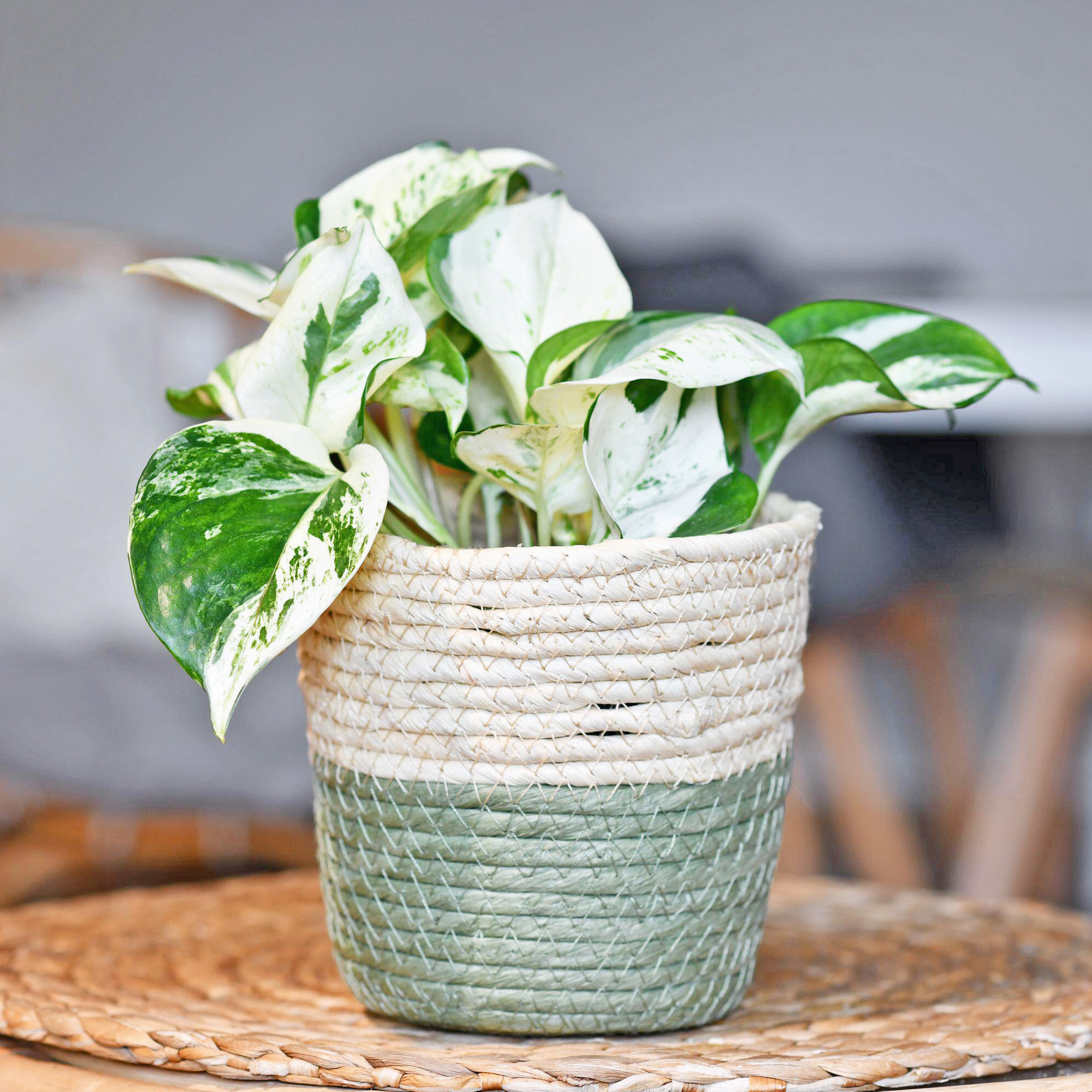 5 Rare Pothos Varieties That Are Simply Stunning – And Super Easy To Care For
5 Rare Pothos Varieties That Are Simply Stunning – And Super Easy To Care ForPothos are well known for being versatile and low-maintenance houseplants, but these gorgeous rare varieties will breathe new life into your indoor garden.
By Melanie Griffiths
-
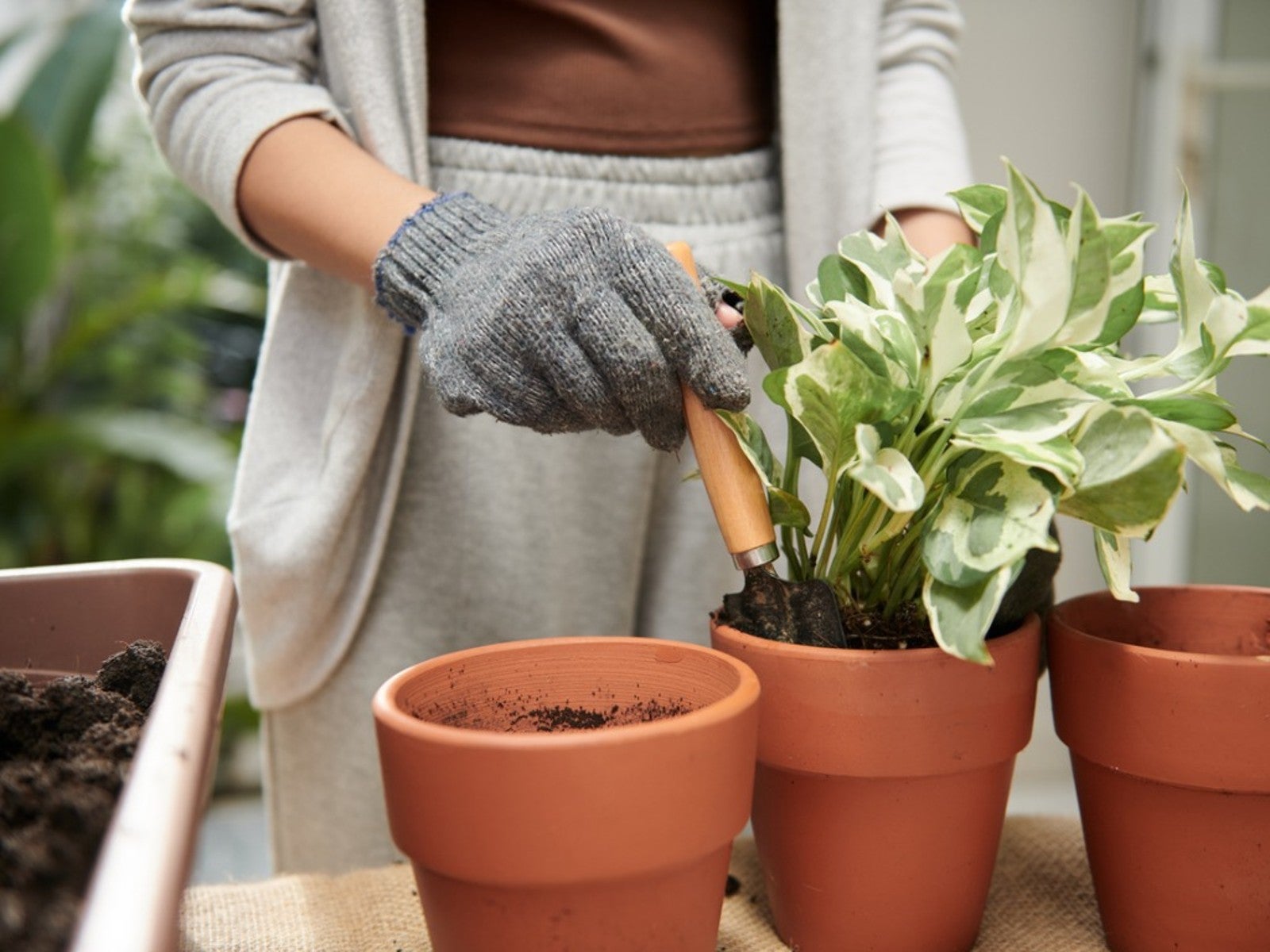 Tips For Repotting Pothos Houseplants
Tips For Repotting Pothos HouseplantsPothos is one of the easiest houseplants to grow. Learn whether and how it should be repotted.
By Teo Spengler
-
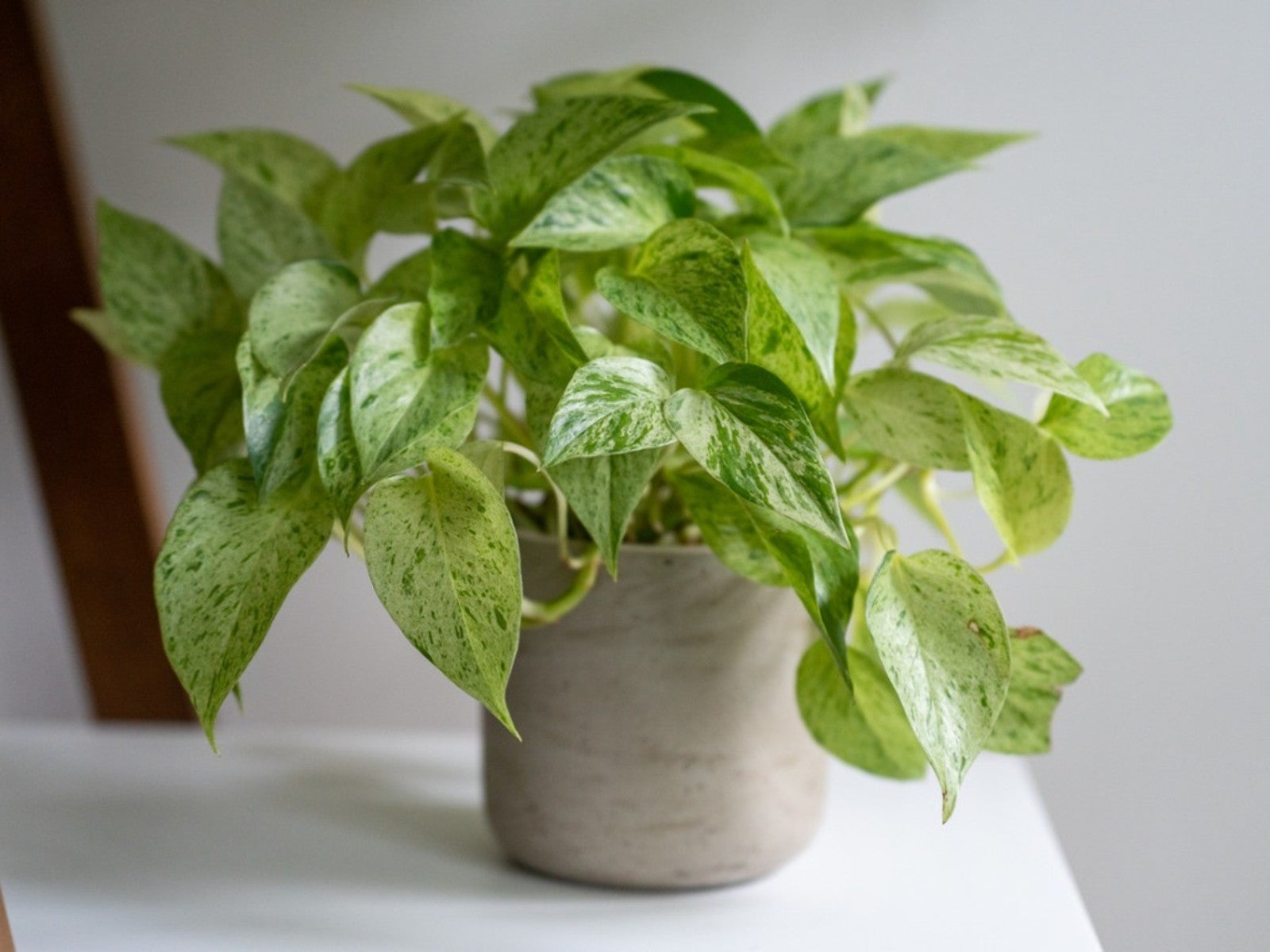 Variegated Pothos To Add To Your Plant Collection
Variegated Pothos To Add To Your Plant CollectionPothos is one of the most common and popular types of houseplants, so it makes sense there are many variegated versions of pothos available as well. Click here to learn more.
By Mary Ellen Ellis
-
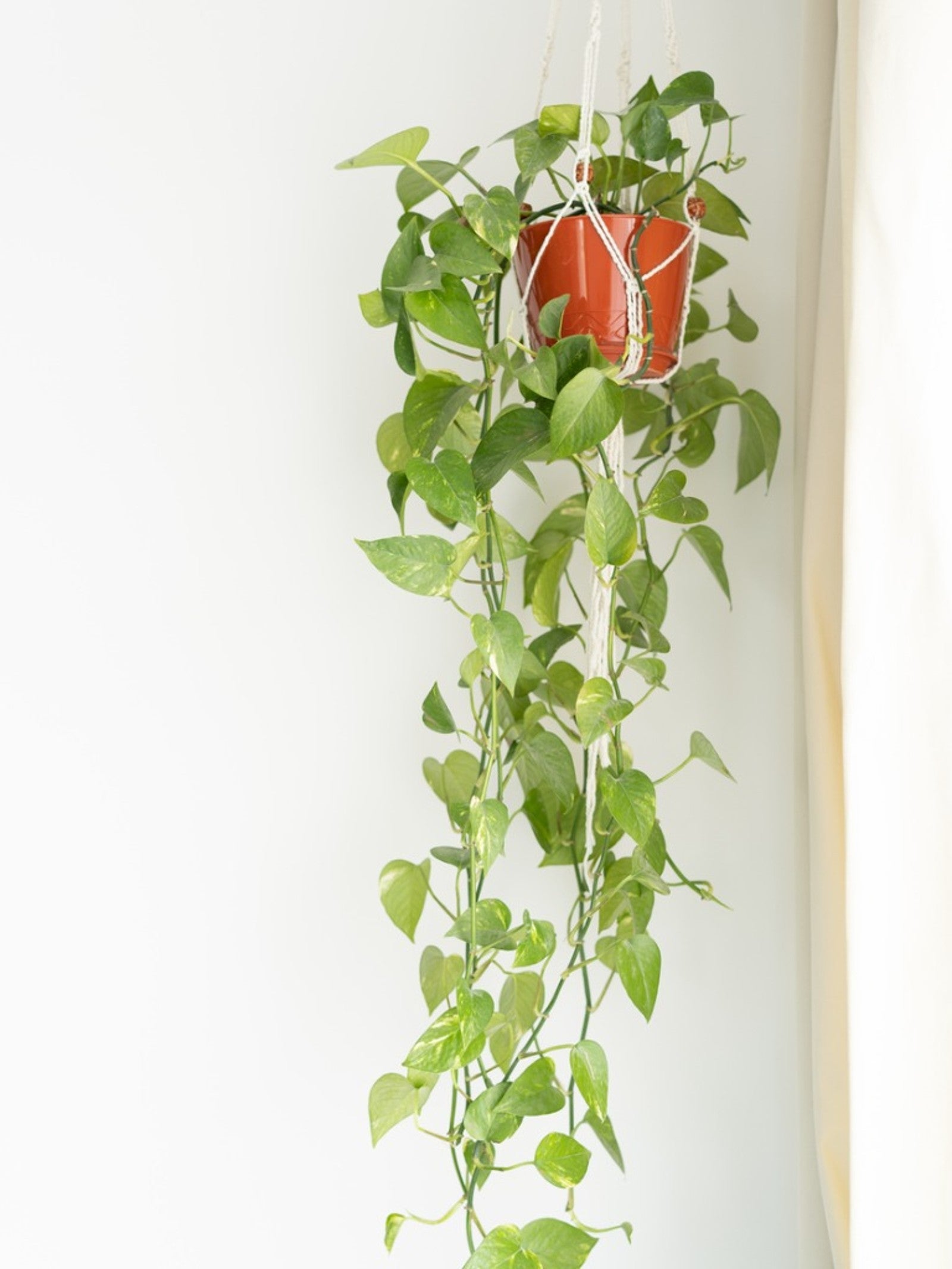 Encouraging New Pothos Vines – How To Make Pothos Fuller
Encouraging New Pothos Vines – How To Make Pothos FullerIf you have a pothos in your collection, you may be interested in ways to make pothos fuller. Click here for info on getting new pothos vines.
By Becca Badgett
-
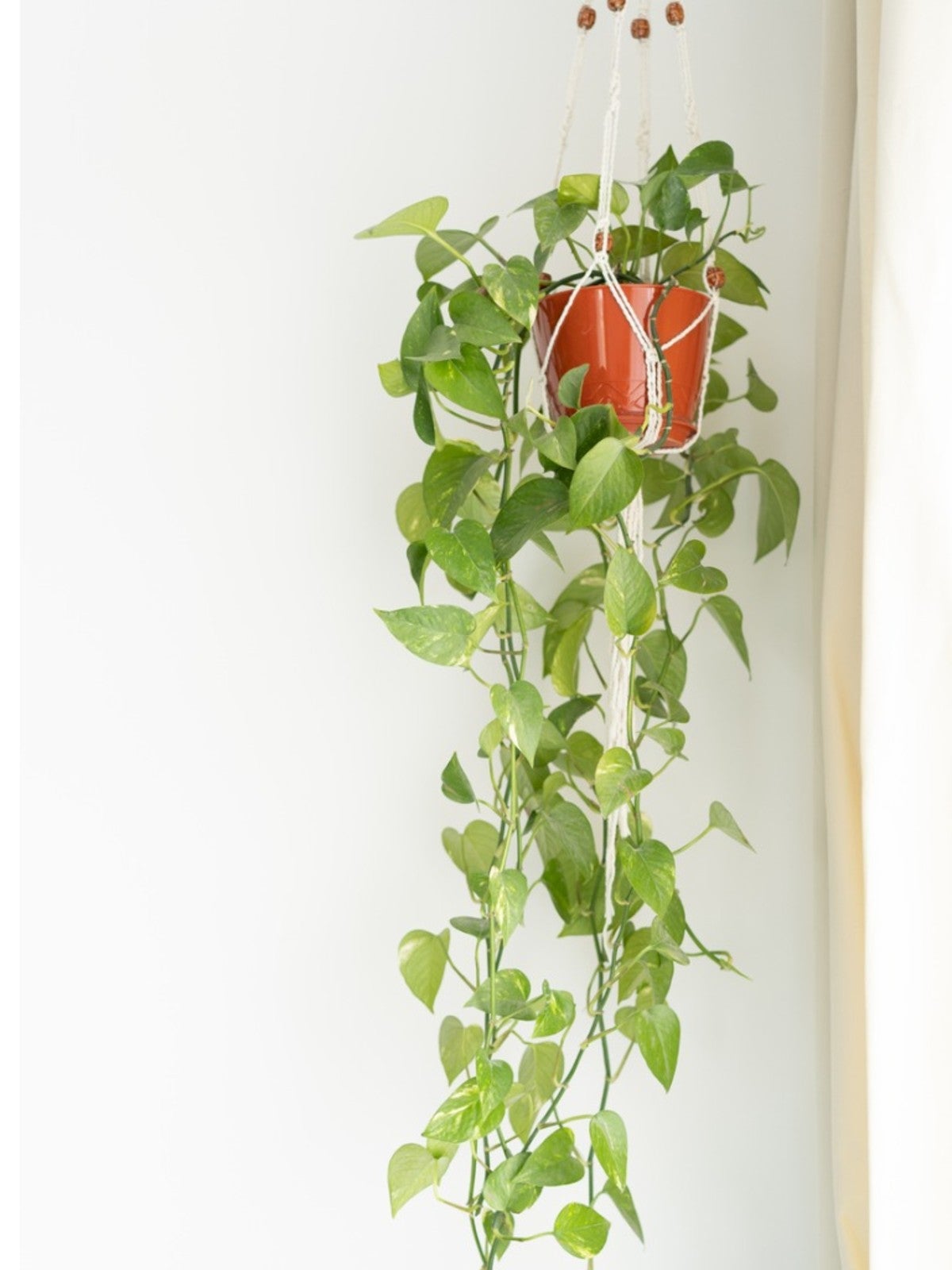 Pothos Fertilizer Needs - Pothos Plant Food Tips
Pothos Fertilizer Needs - Pothos Plant Food TipsDo pothos need fertilizer? If so, how much? Click here for a few tips on pothos fertilizer needs.
By Mary H. Dyer
-
 Is Pothos Pet Friendly - Learn About Pothos Pet Toxicity
Is Pothos Pet Friendly - Learn About Pothos Pet ToxicityEpipremnum aureum is also known as golden pothos, devil’s ivy, and taro vine. No matter its name, pothos and pets don’t mix. Read on for more.
By Susan Albert
-
 Pothos Plant Light Needs – How Much Light For Pothos Plants
Pothos Plant Light Needs – How Much Light For Pothos PlantsUnderstanding proper pothos plant light needs isn’t complicated. Here’s what you need to know about pothos and light.
By Mary H. Dyer